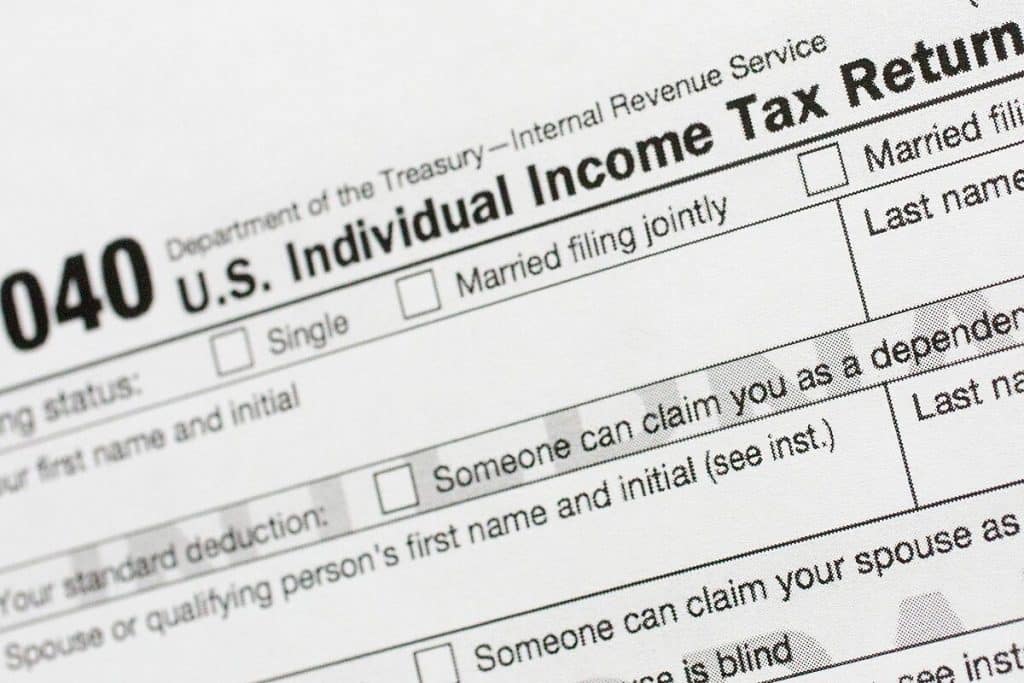Dalthough it has not changed its prices, federal taxes will be further adjusted in 2023 to take inflation into account. Planning your taxes is always thinking ahead, that’s the main reason why Income tax brackets 2023 are already available to the public. People who like to plan ahead can start thinking about how they’re going to handle 2023 finances in a tax-efficient way.
It doesn’t matter if we’re still going through 2022. It’s already been four years with the same tax rates, that won’t change in 2023 because they’re up to 10%, 12%, 22%, 24%, 32%, 35% and 37%. But tax brackets are still indexed each year to take inflation into account. Given that inflation has been high lately, these adjustments inevitably have a greater impact on tax brackets than in previous years.
Inflation-adjusted tax brackets for 2023 are not difficult to analyze. After using tax brackets, it is always important to keep in mind that tax rates tend to only apply to income that is inside the applicable tax bracket. for your reporting status. An example would be a married couple who files a joint return with $100,000 of taxable income will not pay $22,000 in tax in 2023.
Why is that? Because their total income falls within the 22% bracket of joint filers. This rate does not apply as a flat rate for the whole $100,000. Instead, it uses marginal tax rates, with the first $22,000 charged at 10% and the next $67,450 charged at 12%.
The impact of inflation on 2023 tax brackets
Inflation plays a major role in the 2023 tax brackets because a high level will have a huge impact on them. This shows up specifically if you take a look at the width of the 2023 brackets and confirm that they have become much wider than before. But that’s not bad because broader taxes are a good thing because it prevents bracket slippage. If a tax bracket widens, it helps you avoid ending up in a higher tax bracket if your income stays the same.
